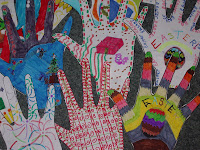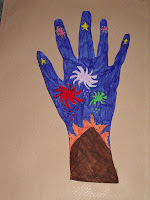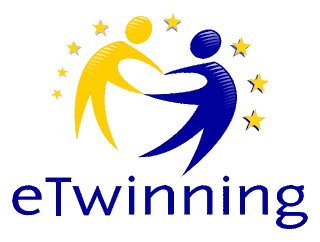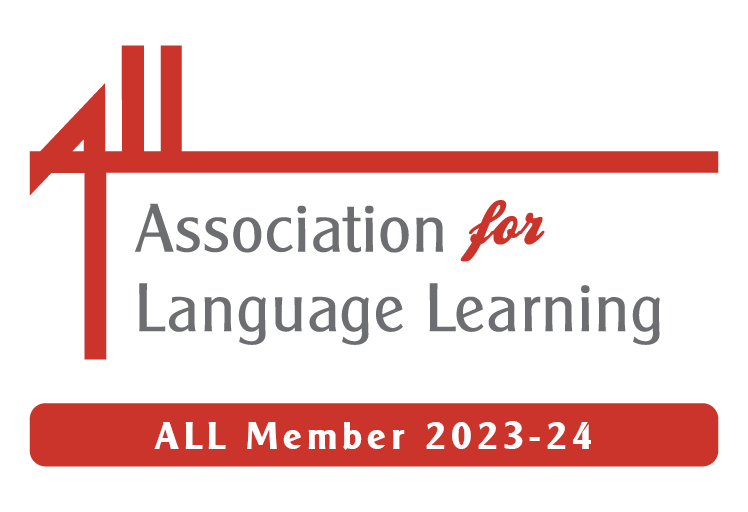
Back at the end of August, Paul Harrington blogged about Imagiverse and mentioned being involved in their Hands around the World project last year. As I’m always on the lookout for new ideas for global links, I investigated further and signed up Whitehouse Common.
Well, a couple of weeks ago, the time came to take part and on Friday I sent off a large parcel of handprints to Michelle Mock in California.
A brief idea of the project –
 Hands Around the World – Students from classrooms around the world will create cut out paper “handprints” which they will send to Imagiverse for distribution to other participants. You will receive as many handprints as you send (at least one per student). The Fall exchange is themed “Holidays Around the World”. Since many countries and cultures are celebrating major holidays at this time of year, we would like to celebrate how and what you celebrate. What are the traditions celebrated where you live? What are the customs and traditions you observe? What might someone in another country not know about your celebration? What is the history behind the tradition?
Hands Around the World – Students from classrooms around the world will create cut out paper “handprints” which they will send to Imagiverse for distribution to other participants. You will receive as many handprints as you send (at least one per student). The Fall exchange is themed “Holidays Around the World”. Since many countries and cultures are celebrating major holidays at this time of year, we would like to celebrate how and what you celebrate. What are the traditions celebrated where you live? What are the customs and traditions you observe? What might someone in another country not know about your celebration? What is the history behind the tradition?

So, being an adventurous kinda gal, I decided that the whole school should get involved, so over the last ten days, 480 kids have been drawing around their hands and decorating the prints to depict a festival of their choice. Then on the back they have written the name of the festival and a sentence or two about why it is special to them. Most classes cut them out too but I did end up with over 100 to cut out myself, and then I took photos of them all for posterity before parcelling them up and posting them to the USA.
Now we await the arrival of our parcels of Hands from around the world! Hopefully we’ll find out about some festivals and celebrations with which we are not so familiar as well as discovering how other people celebrate the ones we know.
Just as with our eTwinning project last year, I feel that this exercise has once more given the pupils the opportunity to reflect a little on events that happen every year, like Bonfire Night,  Diwali and Christmas, and to remember the reasons why we have these events – even if some of their reasons for choosing to depict them were based on sweets and presents!
Diwali and Christmas, and to remember the reasons why we have these events – even if some of their reasons for choosing to depict them were based on sweets and presents!
So – why not get involved? There’ll be another exchange in the Spring, with a new theme. You don’t need to involve the whole school, but nothing ventured, nothing gained! It could be a gentle way to introduce the idea of International projects to your school, and, as Paul pointed out in his blog, it’s an excellent idea for keeping kids busy during wet breaks!











